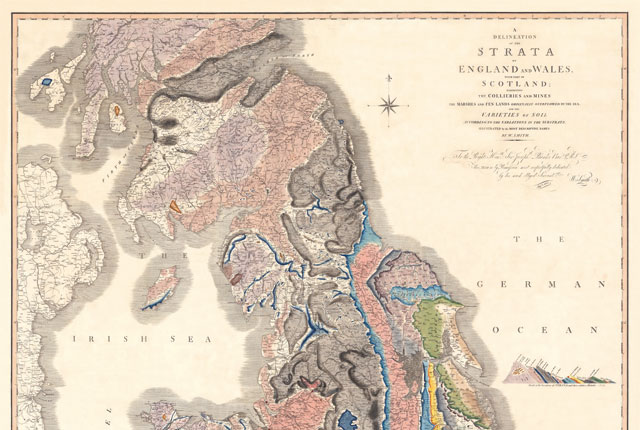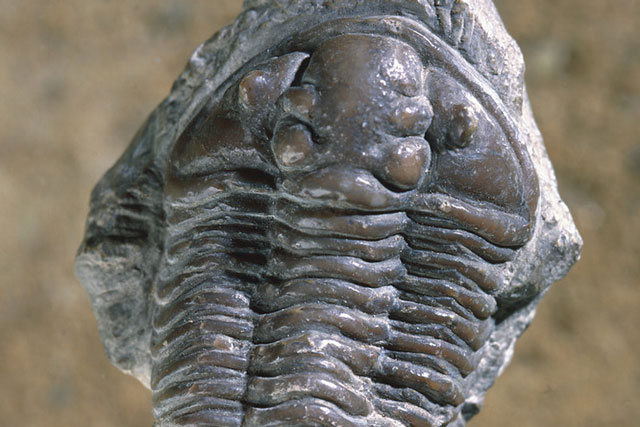Rocks under the microscope: activity instructions
Geologists sometimes use microscopes to identify the rocks they are looking at. This is a skill that geologists use to help them make observations and draw conclusions from the samples they are analysing. Use these worksheets to practise making scientific drawings and observations of rocks under the microscope.
Materials required:
- pen or pencil
- colouring pencils or pens
- ruler (optional)
The worksheets feature three different rocks:
- Sheet 1: gabbro (igneous rock)
- Sheet 2: gneiss (metamorphic rock)
- Sheet 3: sandstone (sedimentary rock)
Instructions
- Choose a rock worksheet
- Label the thin section using the description provided at the bottom of the page
- Make a drawing of the minerals you have identified and complete a sketch of the thin section, paying attention to the way the grains do or do not overlap each other.
Rocks under the microscope – teacher guide
Learning intention
This activity is designed to get children thinking about what rocks are made up of and how we can make different observations by using a microscope compared to hand specimens or hand lenses.
Hook into the lesson
Begin discussing what rocks are made of. What do they look like?
KS1/2
- A rock is a solid collection of minerals
- A mineral is a substance with a set structure
KS3/4
- A rock is any naturally occurring solid or aggregate of minerals
- A mineral is a naturally occurring substance with distinctive chemical and physical properties, composition and atomic structure
Do some rocks look different than others? Why might this be?
Different rocks have different minerals in them, which can change their appearance.
There are three types of rock, classified by how they are sourced and formed: sedimentary, igneous and metamorphic.
Sedimentary rocks
Sedimentary rocks are recycled rocks formed by the deposition of fragments of material (sediment) that have been eroded and weathered from other parent rocks. They often consist of sand, pebbles, minerals and mud that have been removed from the land by erosion, carried by rivers or blown by the wind and eventually deposited.
Igneous rocks
Igneous rocks are formed by the cooling of a very hot, molten material called magma, which originates deep inside the Earth.
Metamorphic rocks
Metamorphic rocks were originally a sedimentary rock, an igneous rock or even another sort of metamorphic rock. Metamorphism literally means ‘change in form’. Rocks that are buried deep underground can be subjected to very high temperatures and intense pressures. Being in these environments for millions of years will change the rocks physically or chemically (or both).
What observations can we make to determine a rock’s differences?
- Visual observations: looking at the rock in hand specimen and describing what we can see
- Hand lens observations: using a hand lens or magnifying glass to get a closer look at the rock and describing what we can see
- Microscope observations: using a powerful microscope to look at the individual minerals that make up a rock
- Using light microscopy, we can analyse the different colours and patterns displayed by minerals to determine what they are
- Piecing together the minerals in a rock then helps us to identify what rock it is as this isn’t always known!
Activity
The worksheets feature three different rocks:
- Sheet 1: basalt (igneous rock)
- Sheet 2: gneiss (metamorphic rock)
- Sheet 3: sandstone (sedimentary rock)
Students are instructed to label the minerals in the thin section using the description provided at the bottom of the page. This allows them to identify colours and patterns to determine the mineral type and provokes thought about what rocks are made up of and how geologists identify different minerals using light microscopy.
Following this they are encouraged to make a drawing of the minerals they have identified and complete a sketch of this section. This is a skill that geologists develop to help them make observations and draw conclusions from the samples they are analysing.
Extension
Complete a second worksheet for a different rock (for example, if you have started with an igneous rock, make a sedimentary one). Encourage students to look at what differences they spot.
In the sedimentary rock, there are individual grains that are touching each other and held together by a cement (displayed with blue dye so that it can easily be seen). In comparison, the igneous and metamorphic rocks are crystalline, meaning the crystals are interlocking and the mineral grains appear to overlap each other.
You may also be interested in

Discovering Geology
Discovering Geology introduces a range of geoscience topics to school-age students and learners of all ages.

Maps and resources
Download and print free educational resources.


